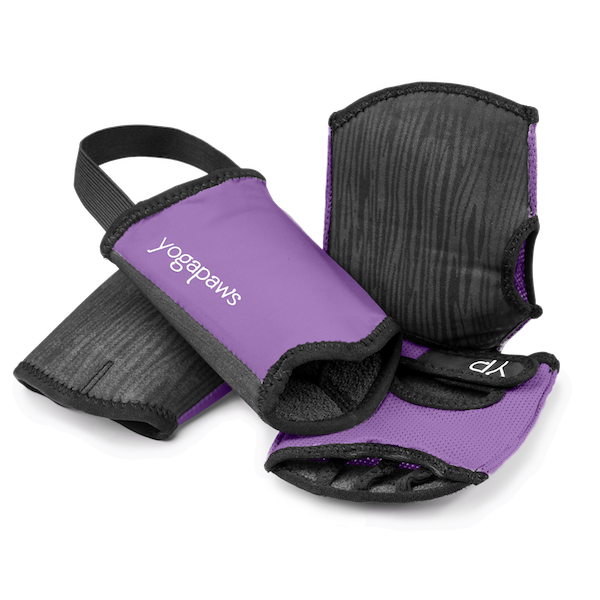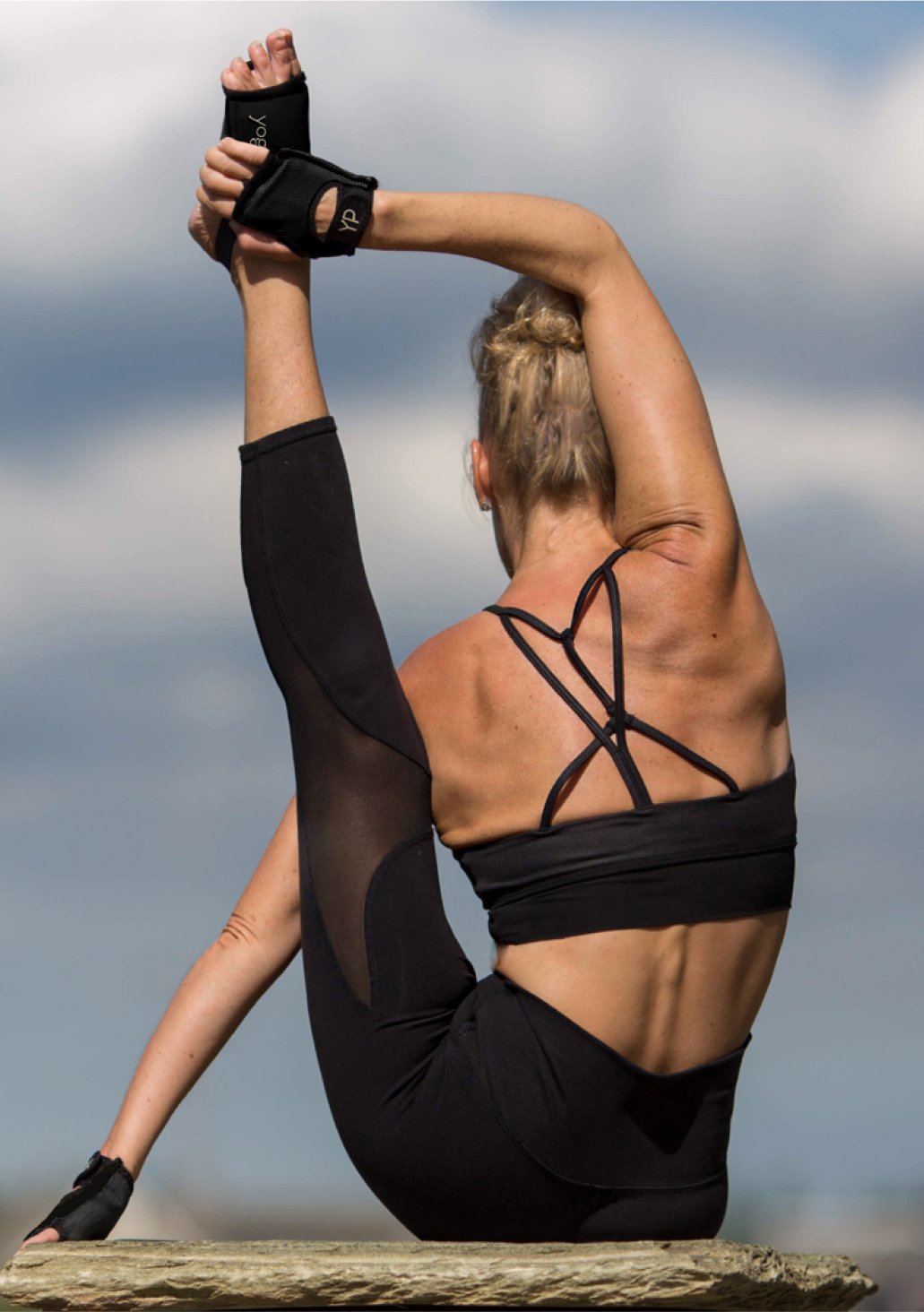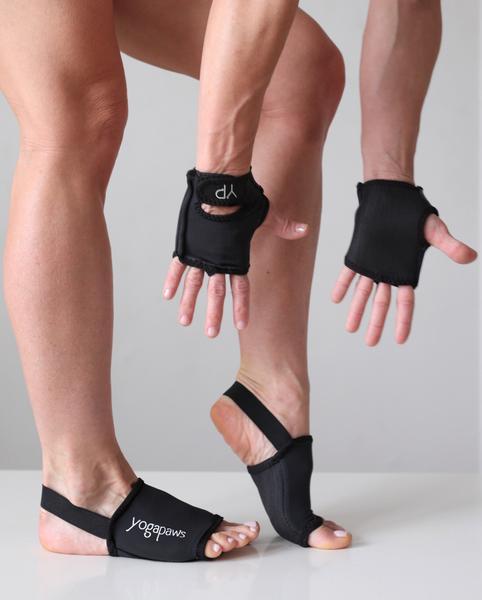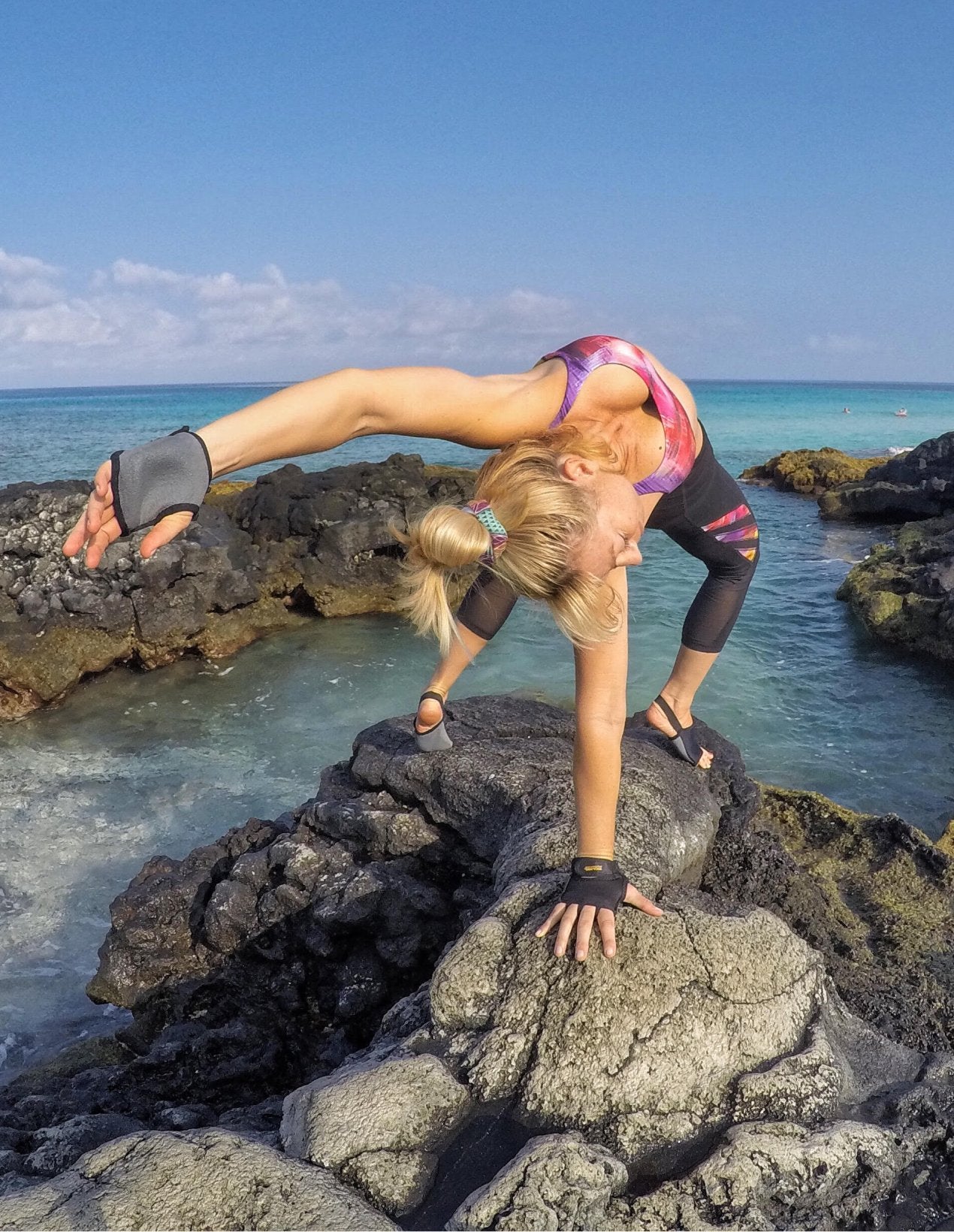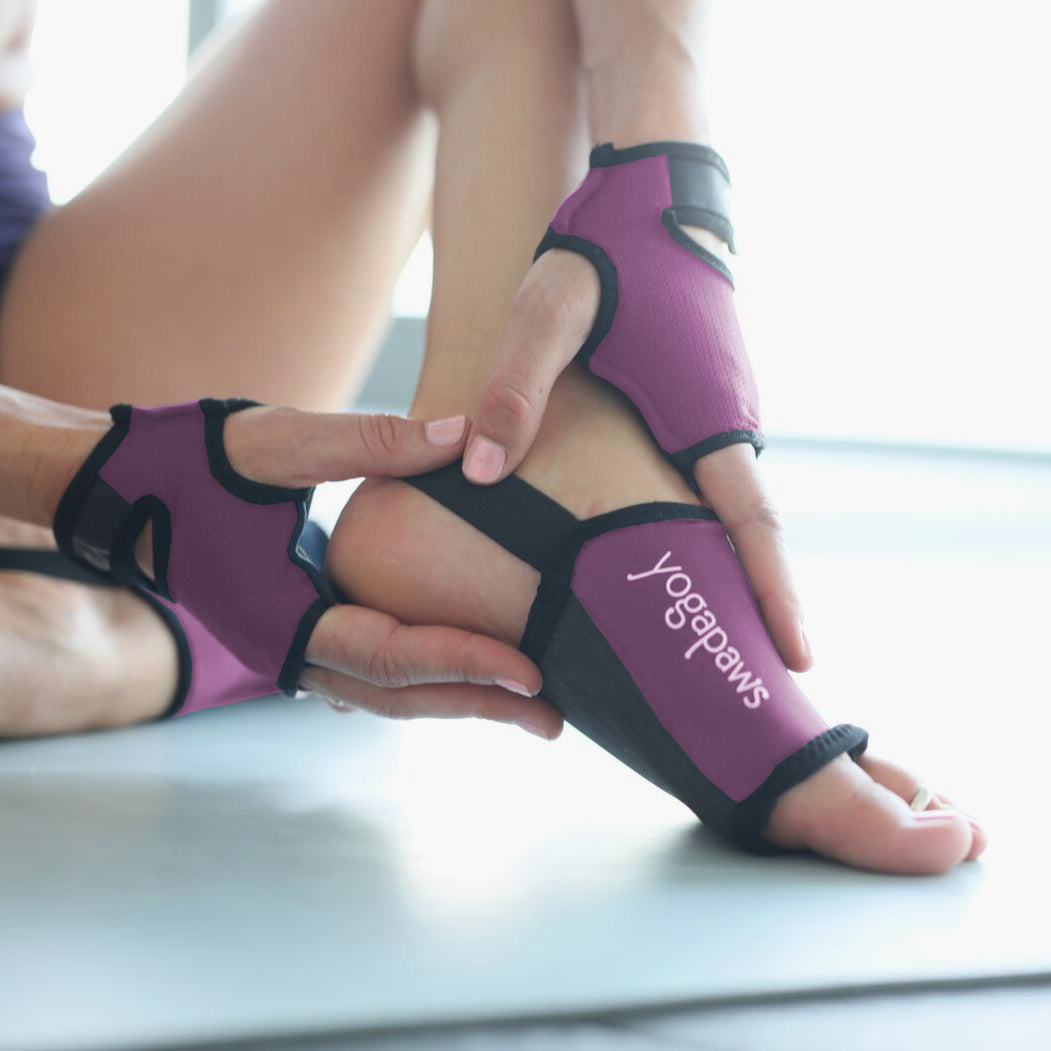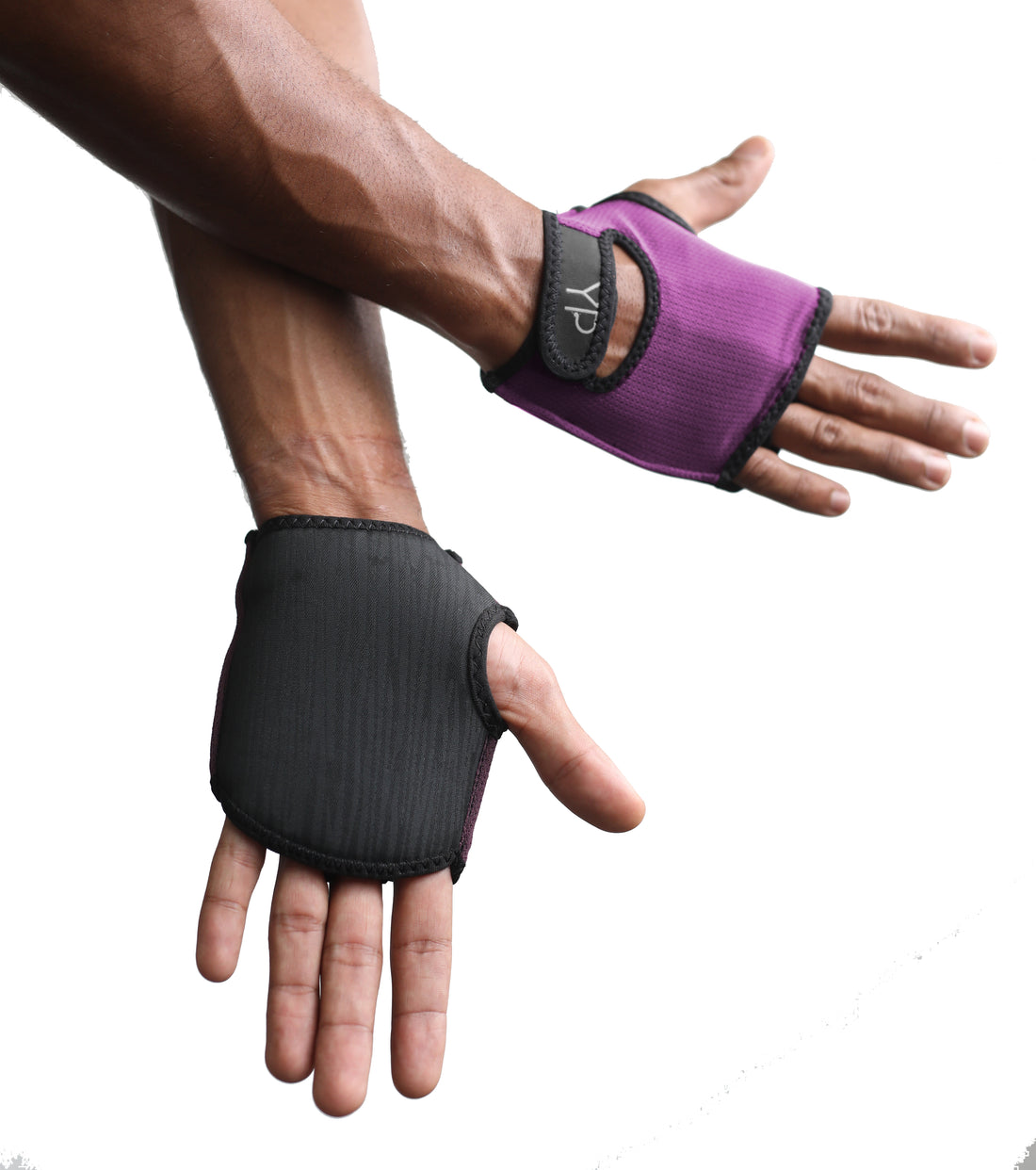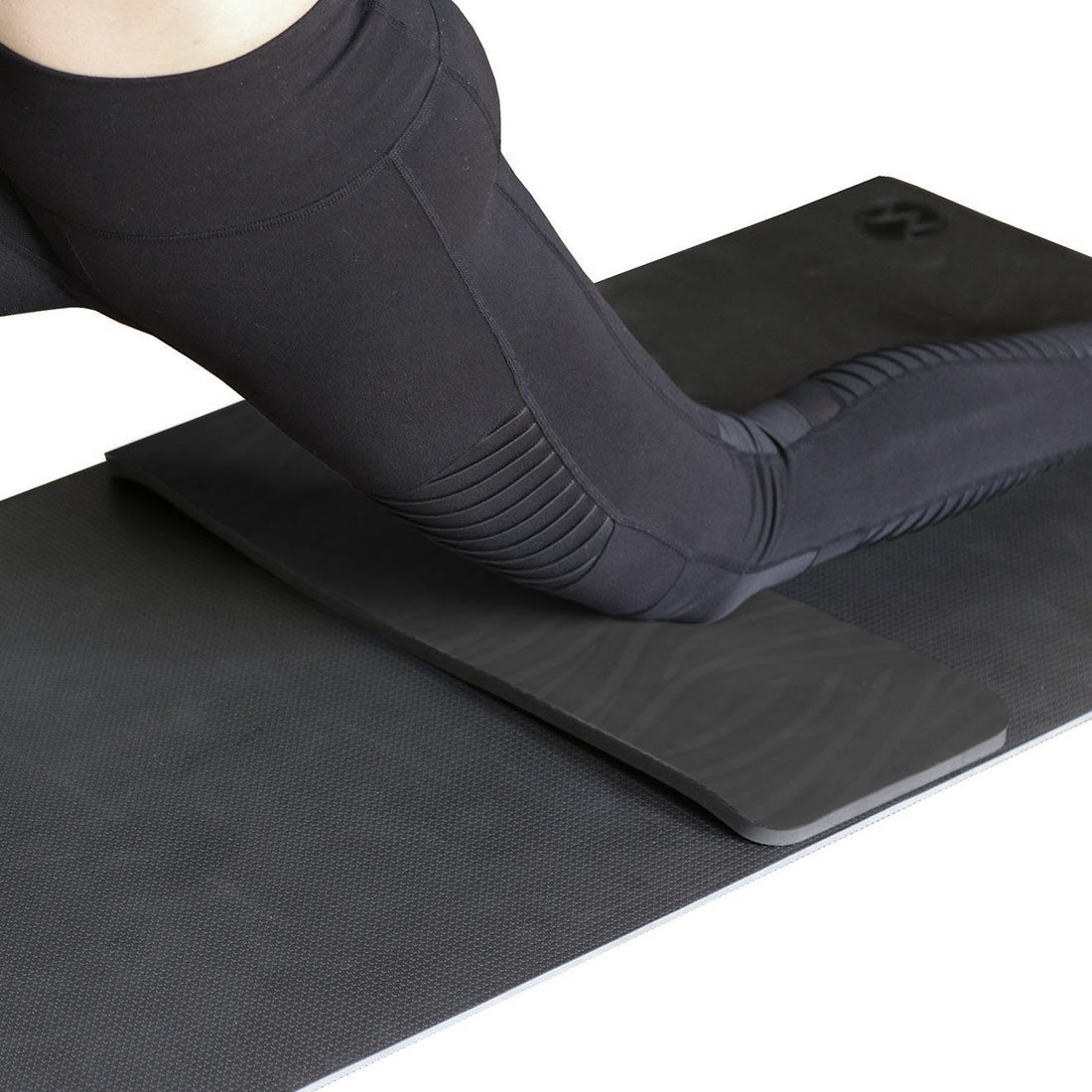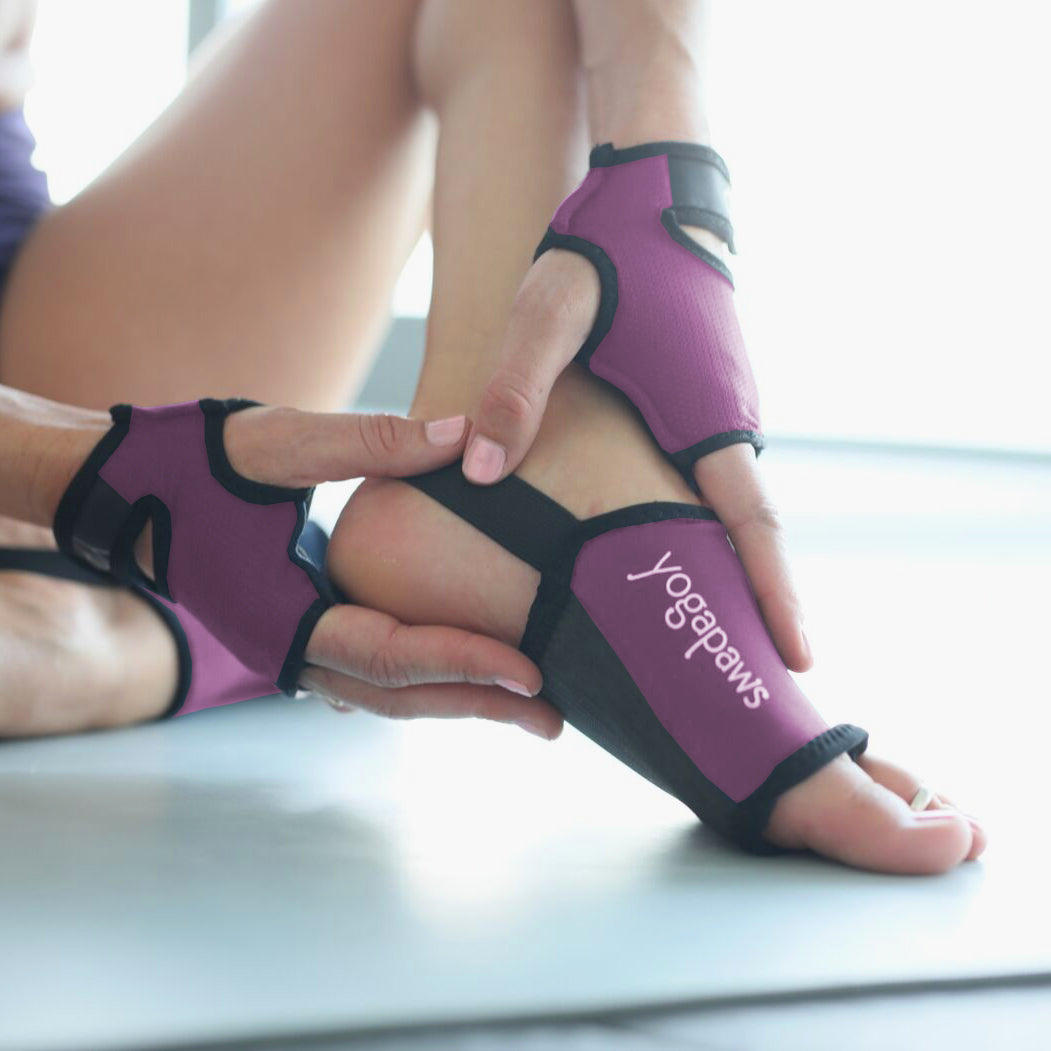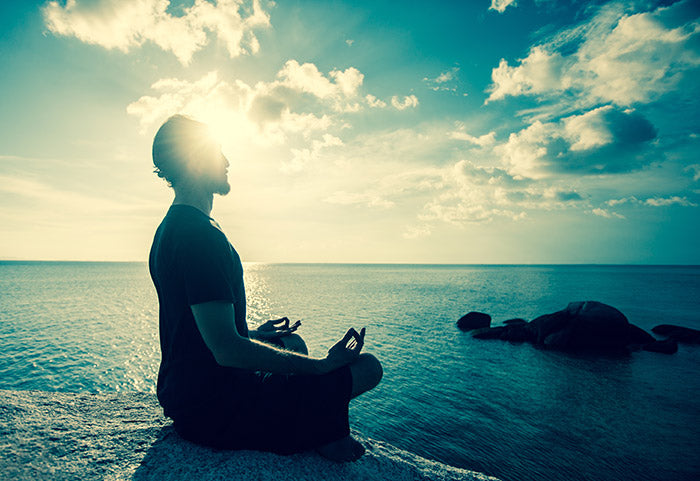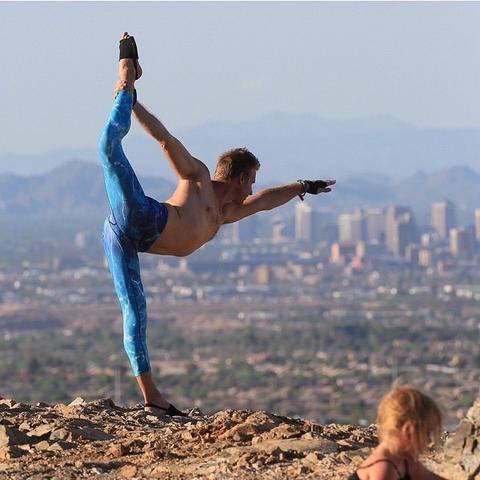
But, as with all things relating to yoga, there is also another side to consider. The classically linear approach to asana practice is just one tool for finding balance and unity. Even the most loyal Hatha practitioner can benefit from the occasional class that jumps off the grid and starts everyone moving. After all, you started your life rocking and rolling inside your mother. Think back to your childhood. Were you ever still? And, when you were, didn’t you long to get up and get outside, play a sport or walk to your favorite “secret place”? You didn’t have to work at bringing together mind/body/spirit; you didn’t know any other way of life.
Yoga that moves can help you get reconnected with that physical joy. More and more studios are offering dance-infused yoga classes that invite students to let go of their expectations about perfect form and get in touch with their bodies. You can’t compare yourself to anyone else because every student hears the music a little differently and responds in his or her unique way. No one cares whether the person next to him or her is swaying faster or has arms that are more extended. Each student has gone deep within and let that inner dancer take over.
Adding an element of dance into your practice can be a fun way to explore the carefree side of yoga. The poses build on what you’ve put so much time into mastering, but there’s a twist: where you might be used to just holding a pose in yoga, the dance element means you are constantly moving through many of those positions, creating a fluid flow with your body. Your body instinctively starts to move with the music. And, as you relax into that rhythm, your muscles warm up, loosen up and may open up poses you couldn’t access from a more contracted foundation. Since you don’t know what to expect, you’ll go into the class without the usual metrics in your mind of how close your head is to the floor or whether today is the day you’ll fly in Bakasana (Crow Pose).
This practice is also a great release for your mind. You might find yourself feeling awkward or self-conscious as you circle your body and isolate your rib cage in a side-to-side slide. As you practice, consciously let go of that negativity. Learn from your body’s wisdom. In most of these poses, you will feel balanced and secure if you are using correct alignment. Let that guide you.
Here are some poses to try as you start to enter into the dance:

|
Benefits: This beautiful pose helps to stretch and elongate the rib (intercostal) muscles. Long muscles help to breathe. This pose also helps to develop core strength and balance. |
 |
Garudasana (Eagle Pose) How it's done: Bring one knee high, and wrap the foot around the opposite leg, starting at the thigh. Some people can do a double wrap, others only one. Both are acceptable. Bring one elbow over the other arm. bring forearms together so that hands meet in prayer position. If this is not possible, hug your shoulders. Once balance is achieved, bend at the knee and the hip fold. Full Eagle is achieved when arms are wrapped, legs are wrapped, thigh is parallel to the ground, and you bend forward so that elbow is touching the knee. |
 |
Adho Mukha Marjarasana (Cat Pose) Benefits: Often, your back might feel tight first thing in the morning. This gentle stretch releases that tension without stressing your hamstrings. How it's done: Begin on your hands and knees. As you exhale, round your back, focusing on creating length in your lower spine. Allow your chin to round toward your chest. On an exhale, return to a neutral spine. |
Engage your core. Even when you are moving your hips, holding your center and back engaged will help you stay on balance. Staying strong in your center allows you move your limbs more freely as well. But, don’t confuse engagement with holding yourself rigid. Still let your body move. For fun, the next time you’re sitting on your mat or on the floor, just start lightly twisting your torso from side to side, slowly raising your arms with each twist until they meet above your head with your palms sealed.
Coordinate Your Movement and Breath. In this kind of practice, your breath provides the metronome for the flows in each pose. Keep your breath calm and steady. Try to visualize that the beginning of each movement starts with your breath and flows outward from the center of your body.
And, remember, there is no exact “right” way to do any of the poses listed here. Let your body move and find out how you feel best. Maybe you tend to move in smaller, more controlled ways. Maybe you like to let yourself flow through big, bold shapes. It’s all good. And, yes, do try this at home!


